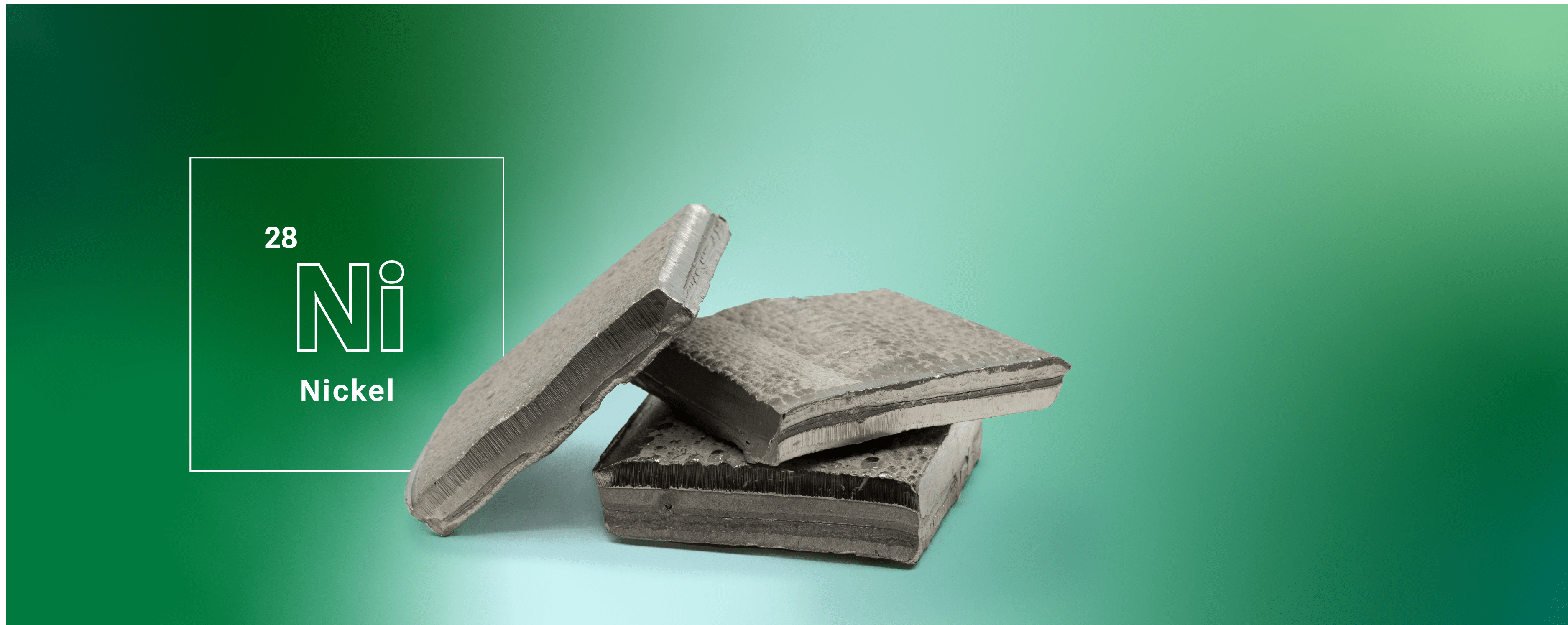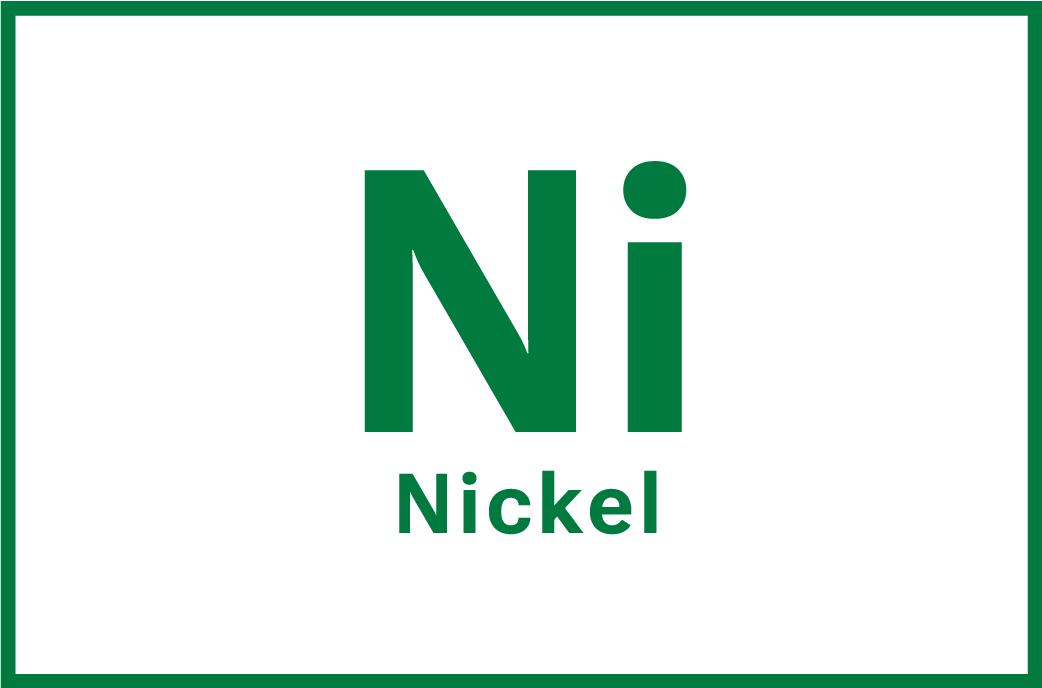Nickel Nitrate Solution (13% and 15%) is used in the preparation of hydroprocessing catalyst products utilized by the refining industry for the removal of nitrogen (N), oxygen (O), and sulfur (S). While the term hydroprocessing encompasses a number of reactions, nickel nitrate is included specifically in the reaction that focuses on the removal of sulfur, or hydrodesulfurization.
In a chemical reaction with either a source of molybdenum (molybdenum oxide) or tungsten (ammonium meta tungstate) and placed upon a support material, such as alumina (Al2O3), the mixture is calcined, dried, and extruded into various shapes to meet customer demands for use in their respective refinery applications. The shapes may be spheres, honeycombs, rings, tablets, pellets, etc., and are used to remove sulfur from the petroleum streams (crude oil, biobased feedstock, etc.) that are fed to the refinery.
Sulfur is by far the most common of the three (3) elemental contaminants (N, O, and S) in a feedstock material processed into fuel by a refinery. With levels ranging from 0.1 wt. % – 5 wt.%, it easily surpasses N (0.1 wt.% – 1 wt. %) and O (< 0.1 wt. %). In the final form, the catalyst material evolves into NiMo/Al2O3 and NiW/Al2O3 catalysts. In the catalyst, the typical Ni content is 1% – 4%, while Mo content is (8% – 16% and W content is 12% – 25%. The removal of sulfur from fuel has been principally driven by environmental regulations designed to reduce the amount of sulfur, and other elemental compounds, from release into the air via tailpipe emissions. Nickel nitrate solution is manufactured by dissolving nickel metal into nitric acid under strict chemical processing conditions. The solution exhibits a green color in its final liquid state following the manufacturing process.

